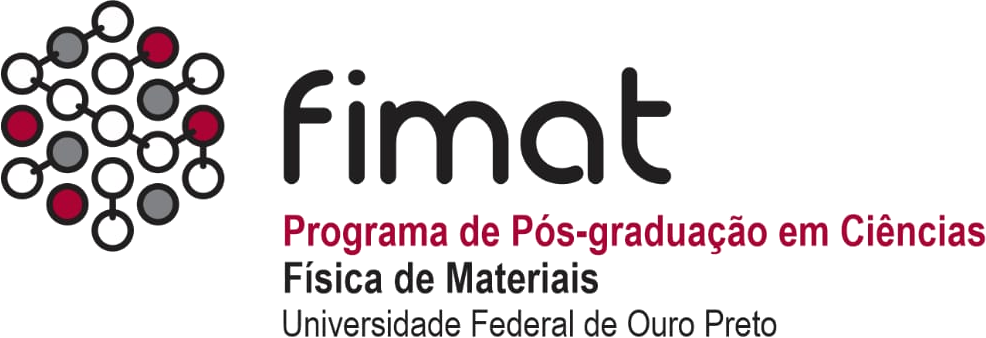Abstract:
Peptide-mediated targeting to colorectal cancer can increase selectivity and specificity of this cancer diagnosis acting as biomarkers. The present work aimed to select peptides using the phage display technique and associate the peptides with polymeric nanospheres in order to evaluate their cytotoxicity and selectivity during cell interaction with Caco-2 human colon tumor cell line. Two peptides identified by phage display (peptide-1 and peptide-2) were synthesized and exhibited purity higher than 84%. Poly(lactic acid)-block-polyethylene glycol nanospheres were prepared by nanoprecipitation and double emulsion methods in order to load the two peptides. Nanoparticles ranged in size from 114 to 150 nm and peptide encapsulation efficiency varied from 16 to 32%, depending on the methodology. No cytotoxic activity was observed towards Caco-2 tumor cell line, either free or loaded peptides in concentrations up to 3 $μ$M at incubation times of 6 and 24 h, indicating safety as biomarkers. Fluorescein isothiocyanate–labeled peptides allowed evaluating selective interactions with Caco-2 cells, where peptide-1 entrapped in nanospheres showed greater intensity of co-localized cell fluorescence, in comparison to peptide-2. Peptide-1 loaded in nanospheres revealed promising to be investigated in further studies of selectivity with other human colon rectal cells as a potential biomarker.